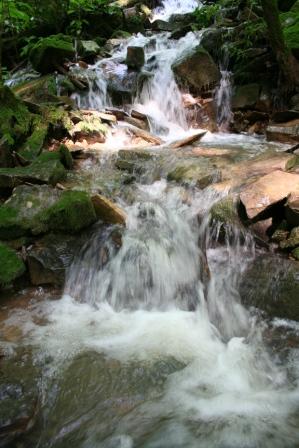Many cities are using wetlands not only to enhance the environment, but to enhance their sewage treatment systems as well. Wetlands are considered the most productive habitat and can house hundreds of different species of plants and wildlife. The numerous plants in a wetland environment pull from the water contaminants that can harm the system such as the chemicals used in fertilizers (phosphorus and nitrogen) and medications. Wetlands can remove these harmful contaminants naturally without the need to add other chemicals which can have side effects or expand existing sewage treatment plants.
Diverting runoff from paved surfaces to wetlands allows time for sediments to settle out, contaminants to be removed and water release to natural systems to be controlled. Rain gardens, man-made wetlands built in or near parking lots and other paved areas, are becoming increasingly popular.
Treatment wetlands and rain gardens can all be improved by using air-pruned plants whose superior root system allow even larger amounts of contaminants to be removed.
Saturday, December 02, 2006
Subscribe to:
Posts (Atom)
